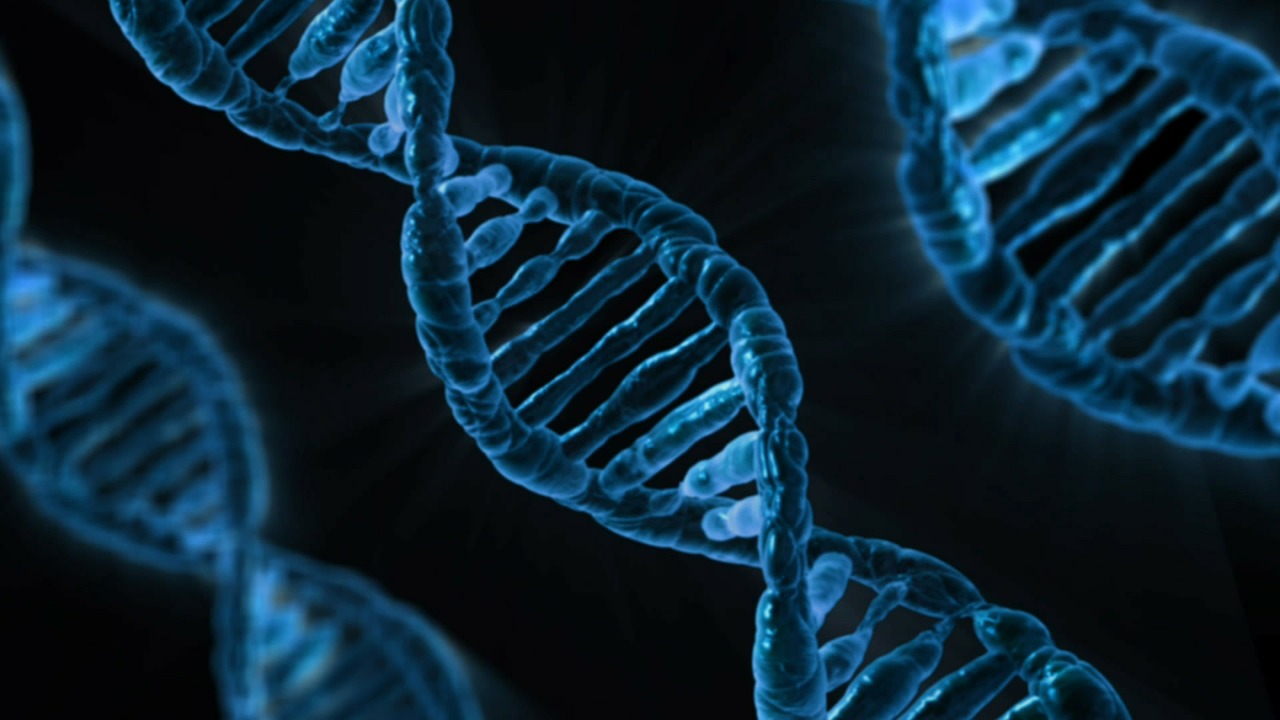
The sequencing of the Atlantic cod genome in 2011 demonstrated that this species lacks a crucial part of its immune system. In a follow-up study, Kjetill Jakobsen and collaborators have investigated a large number of additional fish species and found that this is a trait that Atlantic cod have in common with its close relatives, the codfishes. Further analyses show that the alternate immune system observed is associated with increased speciation rates, and a key to the success of this group of fishes. The results are now published in the world-leading journal Nature Genetics.
Altogether, 65 new fish species were genome sequenced which made a foundation for a new bony fish phylogeny and further revealed that the loss of the central immune gene MHC II occurred around 100 million years ago in the branch leading to codfishes. Intriguingly, it was shown that the codfishes have evolved an alternative strategy by substantially increasing in the copy-number of another immune gene, MHC I, found to influence another evolutionary process:
“Other researchers have suggested that the immune genes also have an effect on mate choice and speciation processes. For example, immune genes may affect mate choice in three spined stickleback, and even among humans – although the human results are thought to be controversial. Until now we have not had empirical data on MHC I and speciation. Our findings for codfishes and other groups of fishes are a breakthrough,” Jakobsen said.
In addition to evolution of the immune system, an improved phylogeny and new insight into speciation these results are of interest to immunological research in general:
“Our data shows that the immune system is far more evolutionary flexible than previously believed. The prevailing view has been that the human immune system is universal and can serve as a model for all vertebrates. Now, by adding the bony fishes – the largest group of vertebrates – it turns out that we, the humans, may be the special case. This knowledge has implications for all immunological research – including us,” Sissel Jentoft says.
A particular challenge for cod aquaculture has been the difficulties in developing vaccines by traditional methods. The new knowledge about the immune system of Atlantic cod and other codfishes may catalyse more efficient methods for vaccine development.




